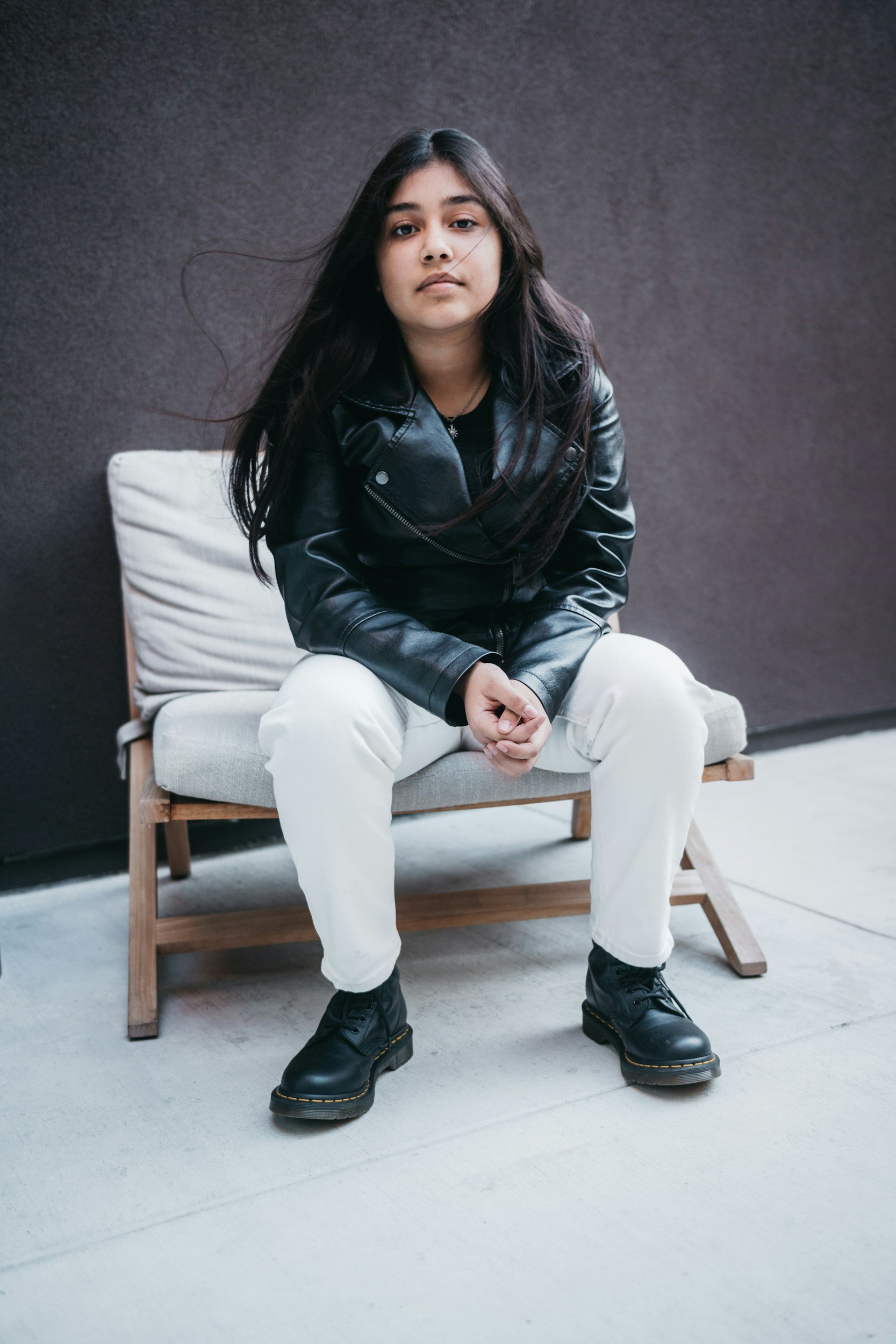Conforme pasan los años, las personas se están abriendo más a la oportunidad de intentar ir a terapia. Aún podemos ver que en la comunidad latina hay estigmas hacia ir a terapia y que nos desaniman a intentar buscar terapia. En este blog quiero compartirles un poco más de que trata ir a terapia y aprender de otros términos que pueden ser útiles para ustedes en su camino hacia construir una sana salud mental.
Profesionales que nos pueden ayudar a nuestra salud mental
Primero quisiera compartirles información sobre algunos profesionales que pueden ayudarnos a tener una mejor salud mental y poder diferenciar lo que hacen. Muchas de las veces las personas no saben la diferencia o no conocen los varios profesionales que existen y que pueden ayudarnos a tener una mejor salud mental.
Psicólogo: Empecemos con el psicólogo. En algunos países se pueden referir al terapeuta como psicólogo. En Estados Unidos un psicólogo es alguien que puede hacer evaluaciones y estudia la mente y el comportamiento humano.
Psiquiatra: Un psiquiatra es un médico pero que se especializa en trastornos mentales. Un psiquiatra te puede dar medicamentos para manejar algún trastorno mental como por ejemplo la ansiedad, trastorno de alimentación o trastorno bipolar.
¿Qué es terapia y en qué me puede ayudar?
Un terapeuta te puede ayudar a manejar problemas que existan en tu vida, como romper ciclos no saludables, problemas matrimoniales, o como crear nuevos hábitos saludables.. Un terapeuta se enfoca más en entender tu pasado y tu presente. Un terapeuta te puede ayudar a tener mejores relaciones con tu familia o mejorar tu matrimonio. Durante la terapia, tienes la oportunidad de contar más detalles de tu vida y cómo impactan tu presente. Es importante entender que un terapeuta no te va a juzgar y tratará de entender tu historia. Lo recomendable es tratar de hacer al menos 4 sesiones seguidas para empezar a ver algo de cambio. El cambio también es influenciado por cuanto esfuerzo haces durante tus sesiones. No hay límite de sesiones y todo depende de cuanto tu necesites para lograr tus metas.
Un terapeuta no solo te escucha sino también puede ayudarte con estrategias para poder manejar tus problemas de manera más saludable. Hay terapeutas que también tienen especialidades como algunos que se dedican a ayudar con adicciones, trauma, cancer o terapia con mas elementos de fe y religión. También te puede ayudar en la preparación matrimonial para que tu pareja y tú puedan hablar de temas importantes antes de casarse.
¿Cómo encontrar un terapeuta?
Puedes preguntar a tu médico de cabecera si tiene recomendaciones de terapeutas ya que ellos pueden ayudarte a iniciar tu búsqueda de un terapeuta. Hay algunas personas que quieren utilizar su aseguranza medica y también les pueden dar una lista de terapeutas. Hay muchos otros servicios en línea donde puedes encontrar un terapueta como PsychologyToday, Good Therapy o Open Path Collective. Algunos de estos servicios te pueden ayudar a encontrar un terapeuta de bajo costo si es algo que necesitas.
Ir a terapia no es para “locos” como le llama nuestra sociedad. Solo porque asistes a terapia no significa que tengas muchos problemas. Hay ocasiones en que solo necesitas a alguien con quien hablar de temas que no quieres hablar con personas en tu vida. Un terapeuta solo conoce lo que tu le compartes y no te juzga. Algo que le comparto a mis clientes es que ir a terapia es como ir a tu médico. Es para prevenir que un problema se convierta en algo más grande o algo que ya no tenga remedio en un futuro. No es necesario tener problemas para visitar un terapeuta. Tienes flexibilidad de asistir a terapia cuando lo necesites y parar cuando sientas que no es necesario.
Otras maneras en que puedes continuar cuidando tu salud mental es hacer ejercicio, hacer trabajo voluntario, participar en actividades de tu iglesia o encontrar un hobby como un club de correr o de fútbol. Es importante participar en actividades que te dan felicidad y te relajan para cuidar tu salud mental.
Yo me enfoco en trabajar con individuos especialmente adultos jóvenes que buscan romper ciclos no saludables o aprender a tener relaciones sanas. También me encanta ayudar a parejas prematrimoniales que buscan aprender como tener un matrimonio saludable antes de casarse o a parejas que quieran mejorar su relación. Cualquiera que sea tu meta podemos buscar estrategias para encontrar qué es lo mejor para ti. Si deseas agendar una cita lo puedes hacer a través de nuestra página Reconnecting Relationships Therapy. Deseo que encuentres la ayuda que necesitas y que logres tus metas en este nuevo año!







































